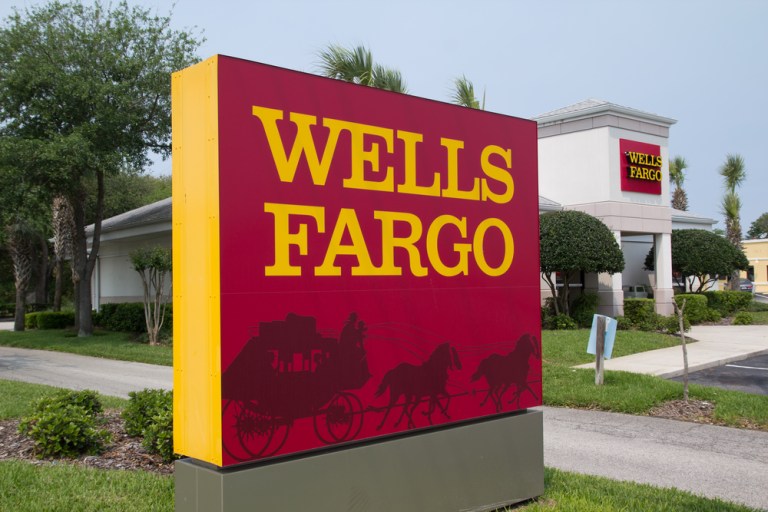According to CNN, the tribe alleges that Wells Fargo – the only national bank that services its territory – preyed on people by opening unauthorized bank accounts and debit cards, and by pressuring people, especially the elderly, to enroll in services they did not need.
“Under intense pressure from superiors to grow sales figures, Wells Fargo employees lied to Navajo consumers, telling elderly Navajo citizens who did not speak English that in order to have their checks cashed, they needed to sign up for savings accounts they neither needed nor understood,” the Navajo Nation said in its complaint.
The complaint went on to say that representatives of Wells Fargo “stalked local events like basketball games and flea markets” to sign up as many customers as possible for “unnecessary accounts.”
The “unlawful sales practices” are said to have been employed between 2009 and 2016. The Navajo Nation spans Arizona, New Mexico and Utah.
“At Wells Fargo, we are focused on rebuilding trust and building a better bank. Over the past year, we have taken significant steps to make things right for our customers, including members of the Navajo Nation, who may have been affected by unacceptable retail sales practices,” the company said in a statement.
Advertisement: Scroll to Continue
Of course, this isn’t the first time Wells Fargo has come under fire for its aggressive sales practices. In August, the bank uncovered a total of up to 3.5 million potentially fake bank and credit card accounts. As a result, Wells Fargo has been ordered to pay hundreds of millions of dollars, including a $142 million national class action settlement, as well as millions of dollars in refunds to affected customers. The Consumer Financial Protection Bureau also levied a $185 million fine against the bank.
In addition, Wells Fargo has admitted that some mortgage borrowers were charged inappropriate fees, while other customers were charged for auto insurance they didn’t need.




